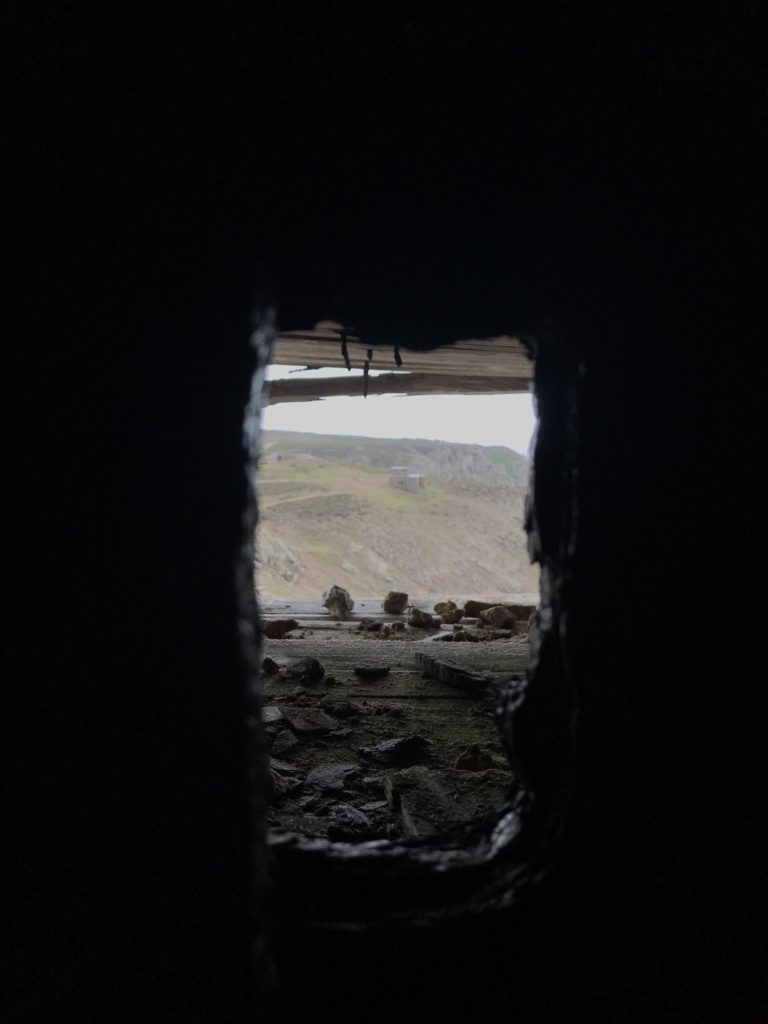Recently, I visited the battery moltke artillery battery with my school. The site began being built in 1941 and its role was a coastal artillery/ anti aircraft battery. Its main role during the occupation was to protect St Ouens bay from a potential naval/amphibious allied invasion, However, The guns had a range that could cover the rest of the islands coast if required. The site consists of a bunker, two gun emplacements and a German MP3 tower, used for radio telecommunications and targeting vessels and allied aircraft.
The site itself housed four 155mm french cannons with a range of 19,200 meters aswell as multiple turreted field defense bunkers known as tobruk by the allies. These were essentially small bunkers with turret mounts on top of them.
On our visit, we explored the bunker system and ventured into the barracks, where the officers working on duty at the bunker would have rested on longer shifts. The barracks are gas proof due to an air filtration system and a decontamination area. The barracks themselves featured authentic German furniture and artifacts such as family photos on the walls. It was a very insightful visit as we were able to witness the conditions these soldiers had to live in and seeing their barracks was also a reminder that not all of the Nazi forces were bad people, many were only serving in the armed forces as if they didn’t, the Nazis would kill them and their families.
We then took a walk to the Radio tower further along the les landes headland. It was here that a radar would have been equipped to help track allied vessels and aircraft and provide ranging and targeting details to the gunners back at battery moltke. If you look out of the radio tower on the far left hand side, you can directly see the la moye radio tower on the other side of the island. The Germans blew up a large rock face in order for the towers to both be visible to each other to provide a strategic advantage and to also have both towers in visibility of each other in the event one was destroyed, so the Germans would have certain confirmation of this
Overall, The trip was very insightful in terms of seeing the conditions the soldiers worked in, as well as seeing the actual architecture of the bunkers and fortifications themselves and appreciating the work put in by the many forced workers and laborers. The fortifications around Jersey still stand today as a memorial of not only the occupation itself, but as a memorial to all of the workers who perished during construction of the fortifications and the hardships they endured
Here are some images I took whilst on the trip



